#marine fish
Text
Cryptid fish that has only been seen once and never again that may or may not exist but well never know my beloved

#BIG FUCKING DRAGONFISH IS JUST THERE IN THR SEA and HAS ONLY BEEN SEEN ONCE and NO ONE FUCKING KNOWS IF ITS REal????#oceanology#fish#marine biology#marine life#marine ecology#oceanography#deep ocean#marine#deep sea#conspiracy#cryptid#cryptids#cryptozoology#USO#conspiracy theory#marine fish#William Beebe#Otis Barton#fish facts#ocean life
13K notes
·
View notes
Text
Flashlight Fish Appreciation Post


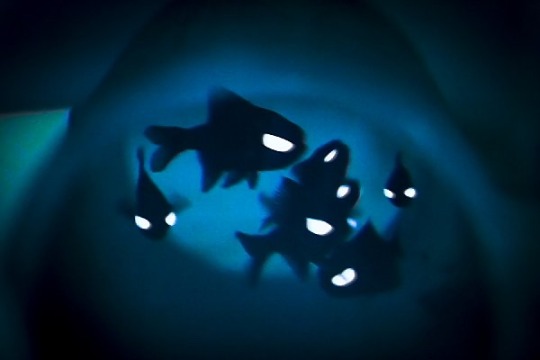



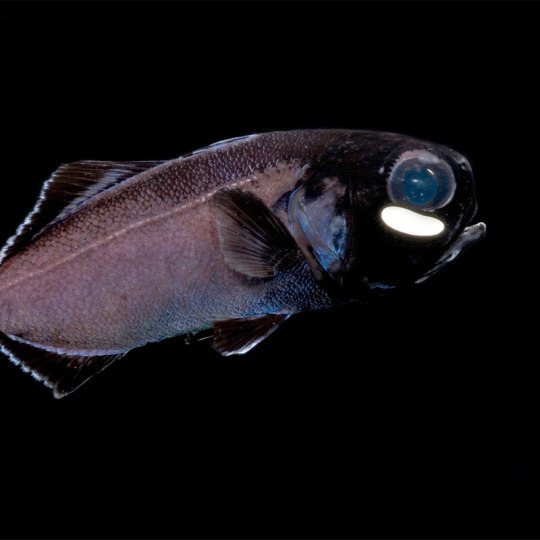

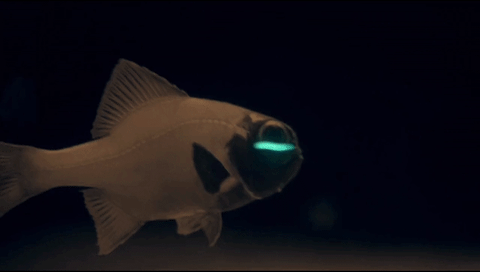

Anomalopidae (lanterneye fishes or flashlight fishes) are a family of fish distinguished by bioluminescent organs located underneath their eyes, for which they are named.
These light organs contain luminous bacteria and can be "shut off" by the fish using either a dark lid or by being drawn into a pouch. They are used to communicate, attract prey, and evade predators.
These rarely seen fish are nocturnal and found in the Indo-Pacific Ocean and Caribbean Sea.
#marine life#marine biology#marine science#ocean#sea life#love to sea it#ocean life#flashlight fish#there are many benefits to being a marine biologist#aquatic life#fish#underwater#oceanposting#fishposting#marine creatures#sea critters#sea creatures#marine fish#marine critters#ocean animals#marine animals#lanterneye fish#ocean creatures#oceanography#ocean fish#bioluminescence#deep sea#animals#biology#science
4K notes
·
View notes
Text


aquatic animal illustrations for friends
#art#artists on tumblr#mixed media#collage#acrylic painting#colored pencil#traditional art#fish#fishblr#fish art#polychaete#marine biology#freshwater fish#marine fish#marine invertebrates#wormart
898 notes
·
View notes
Text
🐠 Daily Fish Fact: 🐠
Adult Queen Angelfish are selective feeders and primarily eat sponges. Their social structure consists of harems which include one male and up to four females. They live within a territory where the females forage separately and are tended to by the male. Breeding in the species occurs near a full moon.


#queen angelfish#blue angelfish#golden angelfish#yellow angelfish#angelfish#colorful fish#tropical fish#respect the locals#fish#fish facts#daily fish#daily fish facts#ocean#ocean fish#ocean life#ocean animal#marine#marine fish#marine animals#marine biology#marine life#sea creature#shark blog#protect the ocean
307 notes
·
View notes
Text

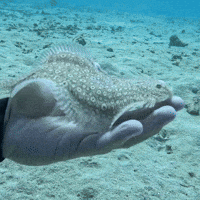


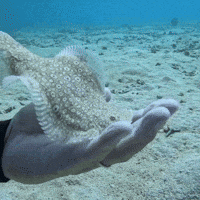

source
credit when using , please check my dni byi
requests are open!
#fish#marine biology#marine fish#sand#swimming#hands#hand#ocean#idk how to tag this eejlp#my gifs#animal#animals#sea critters#sea creatures#gif#stim#sea
167 notes
·
View notes
Text

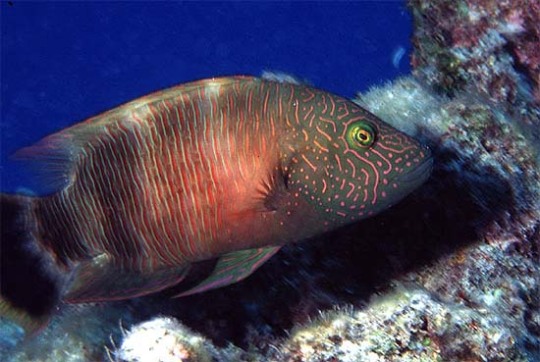
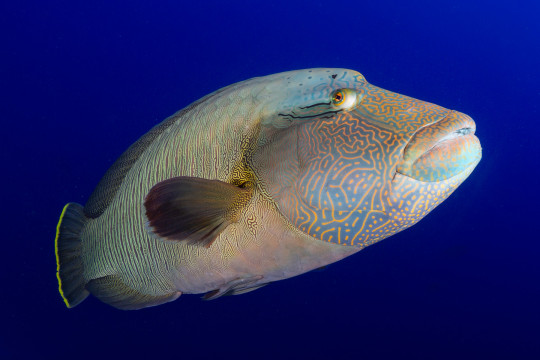
Let's Hear it for the Humphead Wrasse
The humphead wrasse, Cheilinus undulatus, is also known as the Māori wrasse, Napoleon wrasse, or the blue- tooth grouper. They can usually be found around coral reefs and steep rocky cliffs in the Indo-Pacific, particularly on the east coast of Africa, the west coast of India, and the tropical waters of southeast Asia and the Great Barrier Reef.
The Māori wrasse gets its name from the distinctive markings that adults carry. Males are blue-green or purple, while females are more often red or orange. Both have unique patterns of lines and dots covering their heads, and stripes running down the rest of their body; early researchers compared the patterns on their heads to the tattoos traditionally used by the Māori people. In addition to its striking coloration, C. undulatus is also known for being the largest member of the wrasse family. Males can reach up to 2 m (6.5 ft) long and weigh up to 180 kg (396 lbs), while females tend to be smaller. Males also have a large 'hump' on their foreheads, hence the name humphead wrasse.
Another feature of note in C. undulatus is the set of large teeth fused into a parrot-like beak. They use this beak to predate upon hard-shelled animals like mollusks, urchins, sea stars, and crustaceans. On occasion, they also feed on smaller fish and moray eels. Due to their size, adults have very few natural predators aside from sharks, but larvae and small juveniles are more often opportunistically hunted by other fish.
Like many coral reef fish, the humphead wrasse is a protogynous hermaphrodite. This means that most individuals begin life as a female, and become male later in life-- known as 'super males', they are larger than males who did not transition. Individuals first become sexually mature at 5-7 years old, and females begin transitioning to male at 9-12 years old. Spawning occurs a few times a year, and during this period over a hundred adults can congregate in an area. The female releases about 20 eggs into the water column, where they are fertilized by her chosen partner. Three to four weeks later, the eggs hatch and the larvae migrate to the nearby reef.
Conservation status: C. undulatus is considered Endangered by the IUCN. Populations have declined due to overfishing and by-catch mortalities, loss of their food sources, habitat destruction, and capture of juveniles for the aquarium trade.
If you send me proof that you’ve made a donation to UNRWA or another organization benefiting Palestinians– including esim donations– I’ll make art of any animal of your choosing.
Photos
Andrew J. Green
Lluís Masuet
George Ryschkewitsch
#humphead wrasse#Labriformes#Labridae#wrasses#ray-finned fish#bony fish#fish#marine fauna#marine fish#coral reefs#coral reef fish#indian ocean#Pacific Ocean#indo-pacific#animal facts#biology#zoology#ecology
99 notes
·
View notes
Text

Mirrorwing flying fish (Hirundichthys speculiger)
Photo by Alex Mustard
#Hirundichthys speculiger#Hirundichthys#mirrorwing flying fish#flying fish#fish#blue#blue fish#marine#marine life#marine fish#aquatic#sea#ocean#fish photography#animals#wildlife#nature
309 notes
·
View notes
Note
can you do the festive snailfish (Liparus marmoratus)?
Today on CHUNK, FUNK, GUNK! We rate
the FESTIVE SNAILFISH:


5/10 Chunk
6/10 Funk
10/10 Gunk
Yet another fish that I hadn’t seen before. Initially I was surprised by their resemblance to the Sea Robin (another silly fishy lad), but after some research I’ve found that the two are extremely different! These goofy little guys are mostly gelatin with soft little bones, that’s pretty chunky. Their bodies are apparently made up of a majority gelatinous substance (that is how they got their name) and secrete a lot of slime and mucous, extreme gunk. Its funk would be higher if it weren’t for how my brain instantly thought it was another fish, which significantly impacted its uniqueness rating. Overall, very good fish. I would like to smooch it on its head if it wouldn’t poison me :)
#chunk funk gunk#chunk#funk#gunk#festive snailfish#snailfish#cool fish#fish#ocean#ocean animals#ocean fish#marine fish#deep sea#deep sea fish#its head has that perfect flat spot for a kiss#right between its eyes#you guys know what I mean#asks open
480 notes
·
View notes
Text

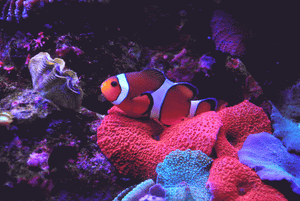


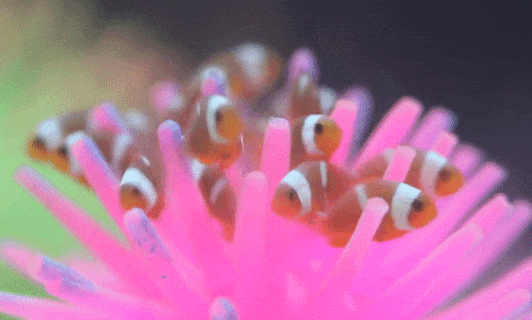


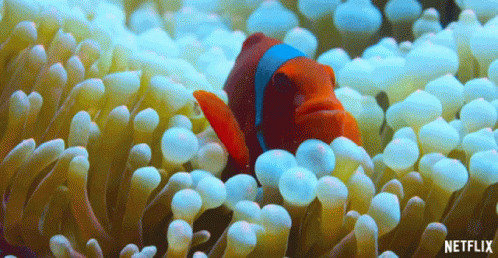
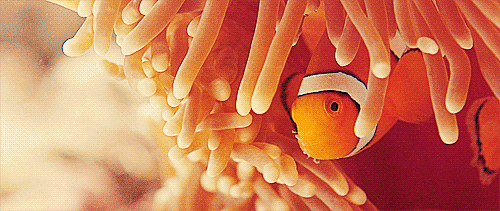

#clownfish#common clownfish#false percula clownfish#mocha clownfish#ocellaris clownfish#picasso clownfish#reef tank#snowflake clownfish#tomato clownfish#albino clownfish#level 2 autism#level 2 autistic#autistic#actually autistic#autism#stim board#fishblr#marine fish#saltwater fish
110 notes
·
View notes
Text

Lionfish, pterois
oil on paper board / 9” x 12” / winter 2024
patreon
#lionfish#fish#fish painting#marine life#marine fish#art#Painting#oil painting#artists on tumblr#🖤 art tag
11 notes
·
View notes
Text
Critters I found in Anilao, Philippines (2019)!!
Nudibranch capital of the world <333

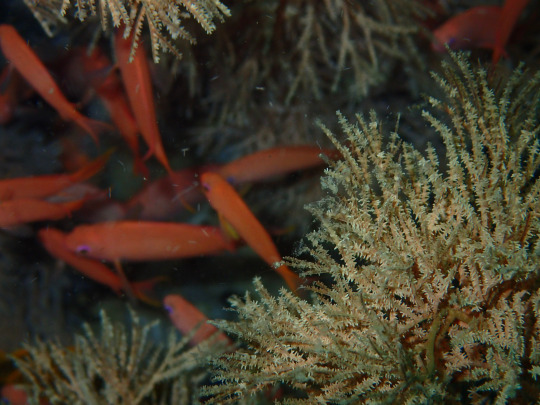
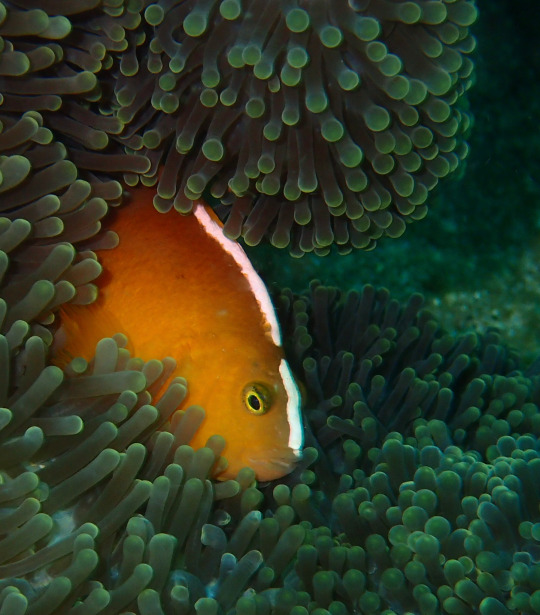

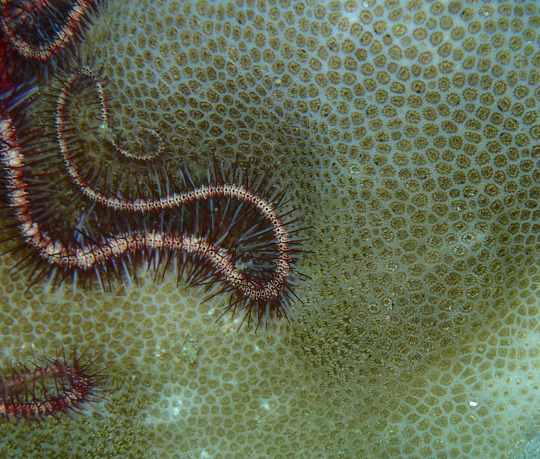
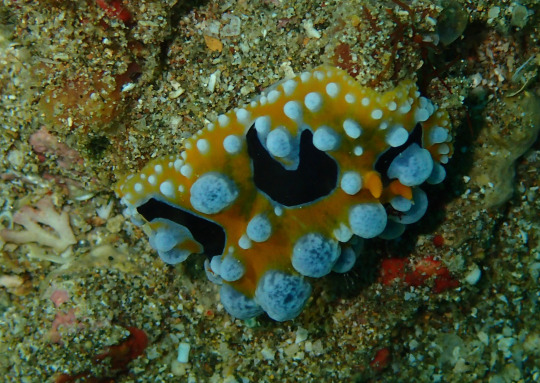
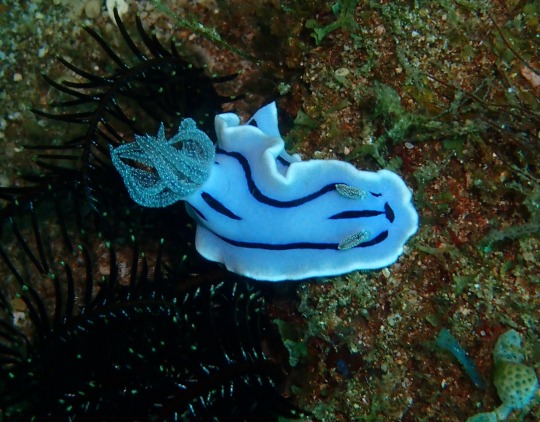


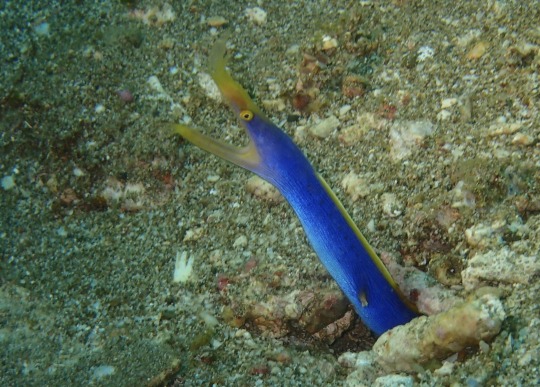
Here’s my guesses for what these are:
Nembrotha chamberlaini (nudibranch aka sea slug)
Anthia fish under a… hydrazoa?
Orange skunk clownfish (or pink?)
Crinoid aka feather star
Brittle star on hard coral
Nudibranch
Chromodoris willani (nudibranch)
Reef hawkfish
Map pufferfish
Ribbon eel (adult male)
Please let me know if I’m wrong or if you wanna share the specific species!! I always love learning more lol
#anilao#philippines#dive photography#marine photography#underwater photography#macro photography#photography#nudibranch#sea slug#fish#marine fish#coral reef#sea creatures
10 notes
·
View notes
Text
youtube
Absolutely obsessing over the soundtrack for this game. I was never a fan of sports games but HOW do you make a soundtrack that makes me feel like I NEED TO MOVE FAST, but in the calmest way possible. An actual soundtrack to my life.
#sega#dreamcast#marine fish#retro#this game is hits every 1990/2000's video game buzzer in my head and makes me giggle like a child#Youtube
12 notes
·
View notes
Text
Tripodfish, Discoverichthys praecox larva Appreciation Post!! 🩵 💙 🌊

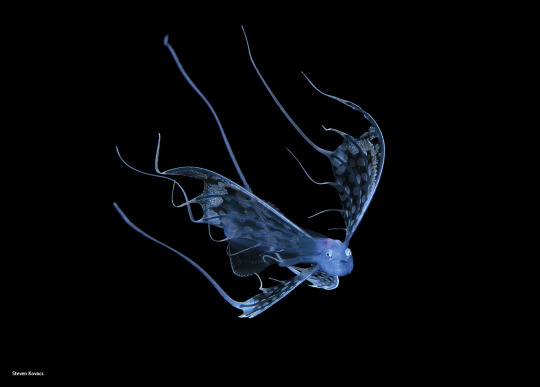

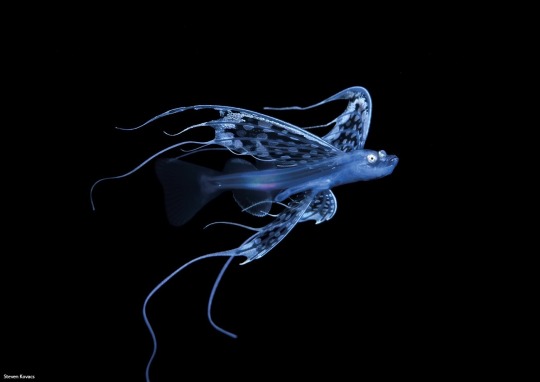
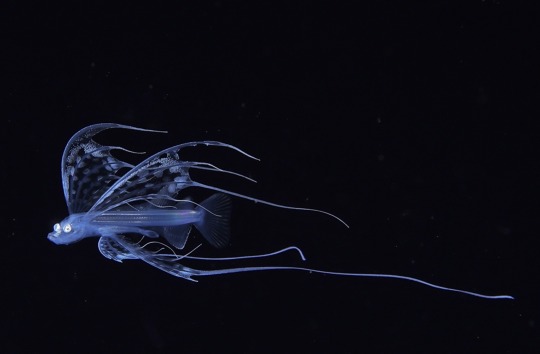
Rare Tripodfish larva, an Ipnopidae species, found on a blackwater dive off Kona, Hawaii. Body size about 3.5cm
📷 credit: Steven Kovacs
You love to sea it 🌊
#marine science#marine biology#biology#science#animals#fish#larvae#deep sea#marine animals#marine fish#marine creatures#sea critters#sea creatures#fishblr#oceanposting#fishposting#marine life#ocean life#ocean animals#sea life#bioluminescence#ocean#underwater#ocean critters#ocean creatures#ocean fish#aquatic life#deep sea life#sea animals#love to sea it
2K notes
·
View notes
Text

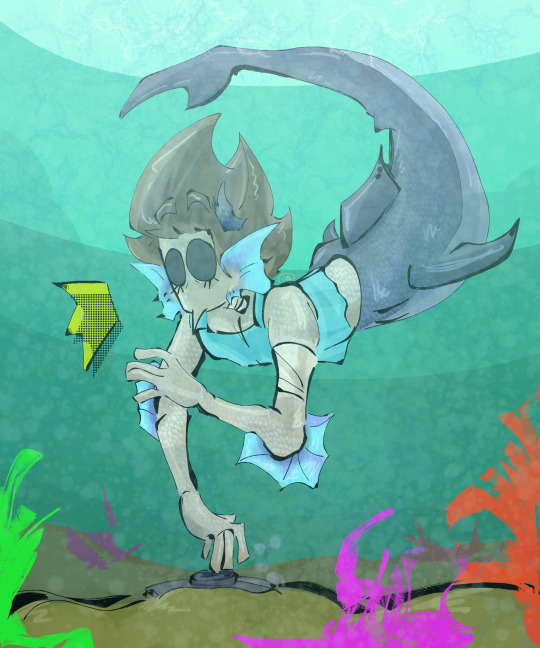
𓆝 𓆟 𓆞 𓆝 𓆟
10 notes
·
View notes
Text
🐠 Daily Fish Fact: 🐠
The Rainbow Parrotfish is among the largest members of its family, and the largest in the Atlantic, reaching 3.9 ft in length. This fish species is known to have a home cave to which it retires at night or when danger threatens; it makes use of the sun as an aid to locating the cave.


#rainbow parrotfish#parrotfish#🌈#rainbow#cool fish#pretty fish#fish#daily fish#fish facts#facts about fish#ocean fish#tropical fish#marine fish#ocean life#marine life#marine biology#marine#ocean
290 notes
·
View notes
Photo
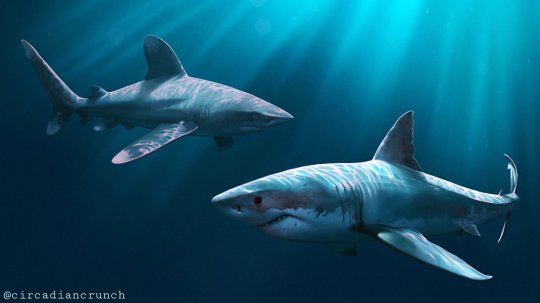
Since Megalodon ‘s trending rofl
If you haven’t been following me on Patreon or here... or well, a lot of places. I’m making a shark-related kickstarter for some shark pins and jewelry. And I painted the banner!
With two of my favorite big pelagic sharks, the white shark and the oceanic whitetip. They’re very different sharks, and yet both critically endangered.
#great white shark#white pointer#whitetip#oceanic whitetip#shark#digital art#digital painting#fish#Natural History illustration#animal art#marinelife#marine fish#fish art#ocean#not megalodon#megalodon is extinct i promise#when the first mockumentary/docuseries that was pretending they weren't extinct came out#I literally had to explain to relatives it wasn't real
15 notes
·
View notes